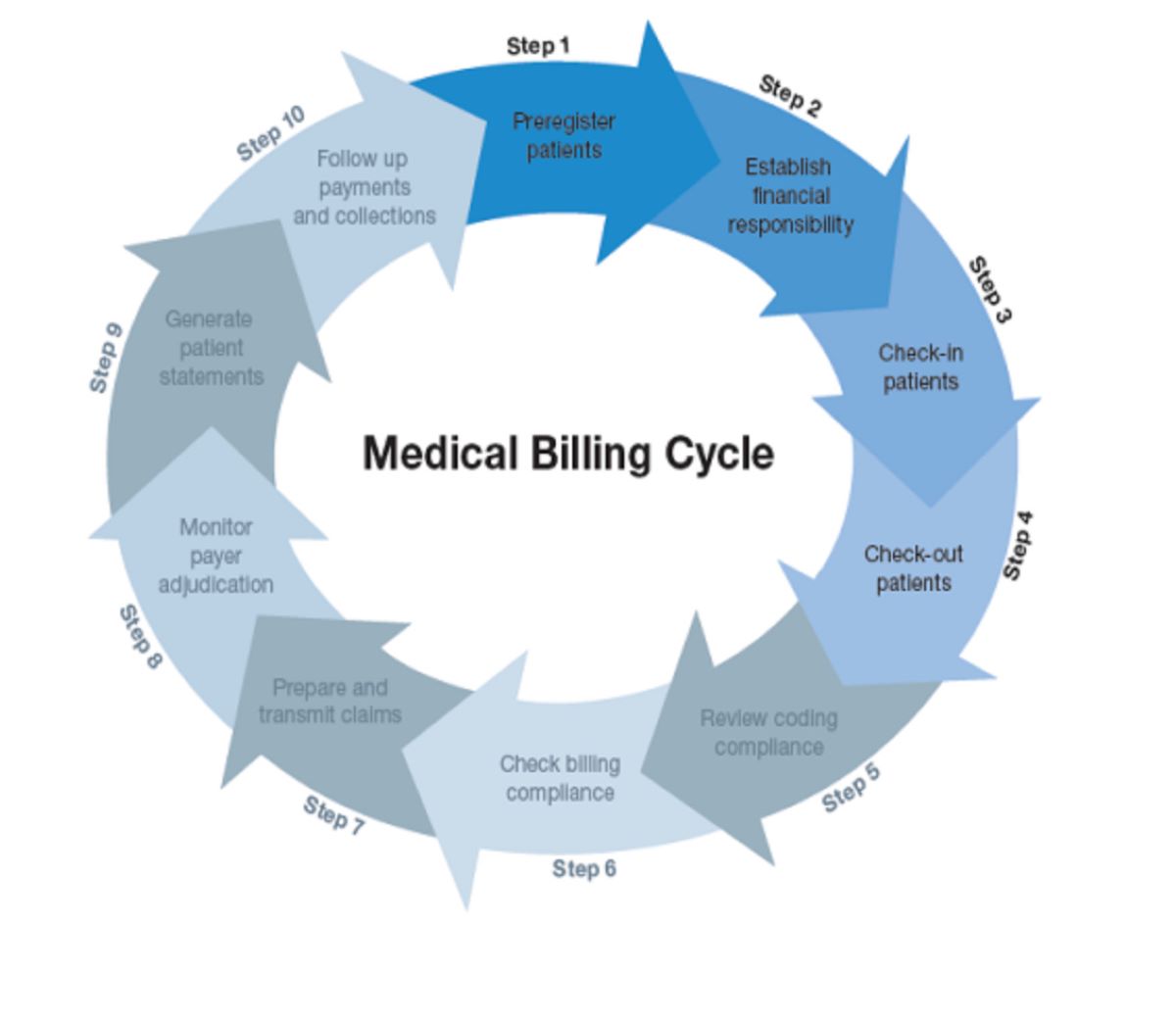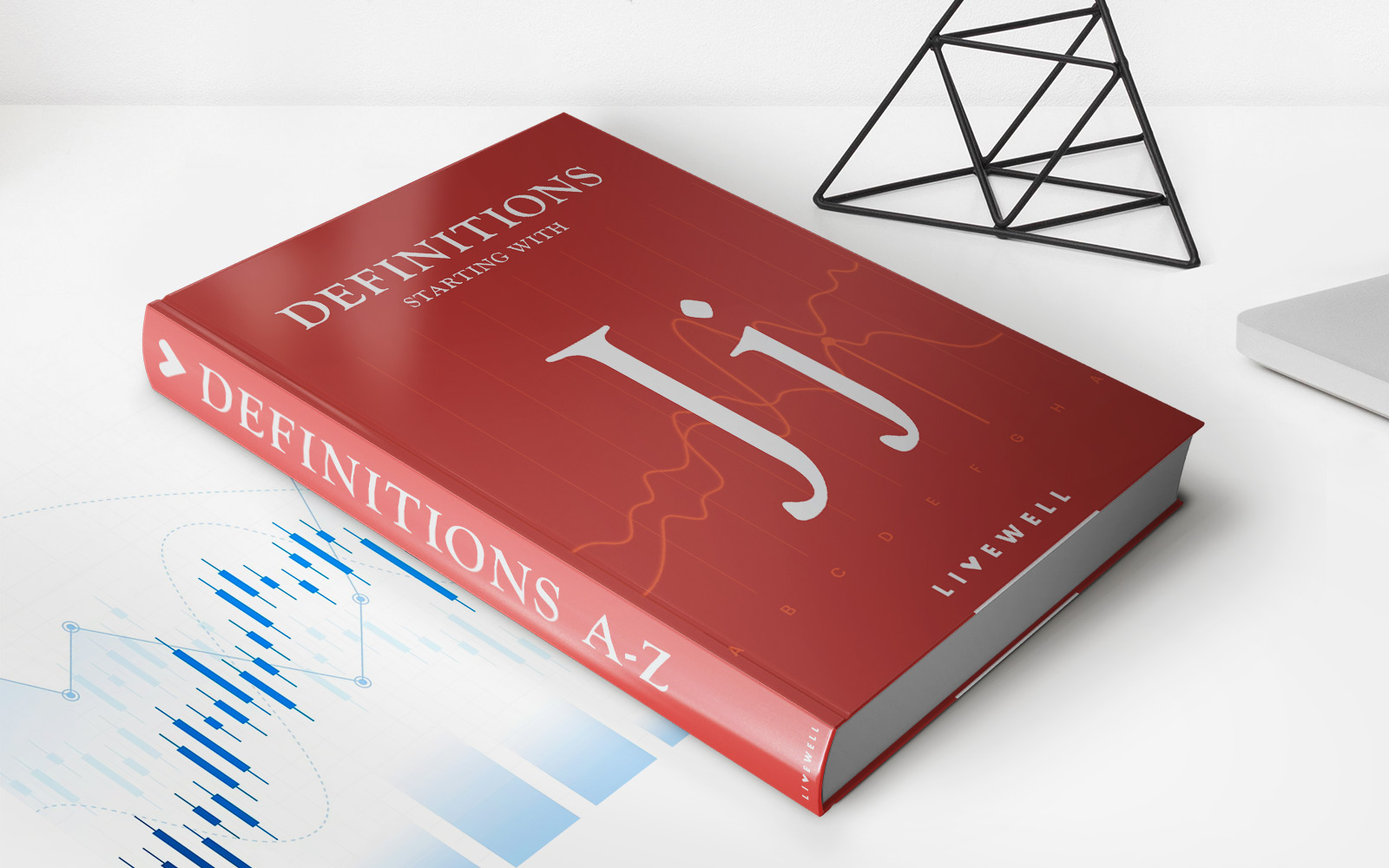

Finance
What Is A Revolving Credit For Credit Score
Modified: March 1, 2024
Learn how revolving credit can impact your credit score and overall financial health. Discover the benefits and potential drawbacks of using revolving credit for your finances. Gain insights into managing your finances wisely with revolving credit.
(Many of the links in this article redirect to a specific reviewed product. Your purchase of these products through affiliate links helps to generate commission for LiveWell, at no extra cost. Learn more)
Table of Contents
Introduction
Understanding the Role of Revolving Credit in Your Credit Score
Welcome to the complex yet fascinating world of credit scores and financial management. In this article, we will delve into the concept of revolving credit and its profound impact on your credit score. Understanding the dynamics of revolving credit is crucial for anyone seeking to maintain or improve their creditworthiness.
As you navigate the labyrinth of personal finance, you’ll encounter various types of credit, each with its own set of implications for your financial well-being. Revolving credit is a unique form of credit that differs from traditional installment loans, such as mortgages or car loans. It offers a level of flexibility that can be both advantageous and potentially detrimental, depending on how it is managed.
By the end of this article, you will have a comprehensive understanding of revolving credit, its influence on your credit score, and actionable tips for managing it effectively. Whether you’re a seasoned financial aficionado or just beginning your journey toward fiscal responsibility, the insights shared here will empower you to make informed decisions and take control of your financial future.
Understanding Revolving Credit
Revolving credit is a versatile financial tool that provides individuals with a line of credit that can be utilized repeatedly up to a certain limit. Unlike installment loans, which have a fixed term and regular payments, revolving credit allows borrowers to carry a balance from month to month, with the option to repay the full amount or make minimum payments.
Credit cards are the most common form of revolving credit, offering cardholders the flexibility to make purchases, repay a portion of the balance, and reuse the available credit. Additionally, home equity lines of credit (HELOCs) and personal lines of credit are other examples of revolving credit that offer similar flexibility.
One of the defining features of revolving credit is the revolving nature of the available credit. As you repay the borrowed amount, the credit becomes available for use again, providing a continuous source of funds within the specified credit limit. This flexibility can be advantageous for managing fluctuating expenses and addressing unexpected financial needs.
However, the convenience of revolving credit comes with the potential for high-interest charges and the temptation to carry a balance indefinitely, leading to financial strain. Understanding the terms and conditions of revolving credit, including interest rates, fees, and repayment requirements, is essential for leveraging it responsibly.
As you navigate the world of revolving credit, it’s crucial to be mindful of your credit utilization ratio, which compares the amount of credit used to the total credit available. This ratio plays a significant role in determining your credit score and should be managed prudently to avoid negative impacts on your creditworthiness.
By grasping the intricacies of revolving credit, you can harness its benefits while mitigating potential risks, ultimately empowering yourself to make informed financial decisions that align with your long-term goals.
Impact of Revolving Credit on Credit Score
Revolving credit plays a pivotal role in shaping an individual’s credit score, which serves as a numerical representation of their creditworthiness. Understanding how revolving credit influences this score is essential for maintaining a healthy financial profile.
One of the key factors in determining a credit score is the utilization of revolving credit. This factor reflects the percentage of available credit that is currently being utilized. A lower credit utilization ratio, indicating that a smaller portion of the available credit is being used, generally has a positive impact on the credit score. On the other hand, high credit utilization can signal financial strain and may lead to a lower credit score.
Consistently carrying high balances on revolving credit accounts can be detrimental to a credit score, as it may indicate a reliance on credit to meet financial obligations. This can raise concerns for lenders and creditors, potentially resulting in higher interest rates or difficulty obtaining new lines of credit.
Furthermore, the length of credit history, which is a significant component of credit scoring models, is influenced by the presence of revolving credit accounts. Responsible management of long-standing revolving credit accounts can contribute positively to the credit score, demonstrating a history of reliable credit usage.
Additionally, the payment history associated with revolving credit accounts is a critical factor in credit scoring. Timely payments on credit card balances and other revolving credit obligations can bolster the credit score, while missed or late payments can have adverse effects.
By comprehending the intricate interplay between revolving credit and credit scoring mechanisms, individuals can proactively manage their revolving credit accounts to optimize their credit scores. This may involve strategic credit utilization, consistent payment discipline, and a discerning approach to opening and maintaining revolving credit lines.
Ultimately, by recognizing the impact of revolving credit on credit scores, individuals can take deliberate steps to cultivate a positive credit profile, positioning themselves for enhanced financial opportunities and stability.
Tips for Managing Revolving Credit Effectively
Effectively managing revolving credit is essential for maintaining a healthy financial standing and optimizing one’s credit score. By implementing strategic practices, individuals can harness the benefits of revolving credit while mitigating potential pitfalls.
- Monitor Credit Utilization: Keep a close eye on the utilization of revolving credit. Aim to maintain a low credit utilization ratio, ideally below 30%, to demonstrate responsible credit usage and avoid potential negative impacts on your credit score.
- Timely Payments: Consistently make on-time payments for your revolving credit accounts. Timely payments not only contribute to a positive payment history but also help avoid costly late fees and interest charges.
- Strategic Balance Repayment: Aim to pay more than the minimum amount due on your revolving credit accounts whenever possible. By reducing balances efficiently, you can minimize interest charges and alleviate the burden of carrying high levels of debt.
- Regularly Review Statements: Routinely review your credit card and revolving credit statements to identify any discrepancies, unauthorized charges, or potential issues. Promptly addressing any concerns can prevent them from escalating into larger problems.
- Avoid Opening Unnecessary Accounts: While it may be tempting to open multiple credit accounts, especially when offered attractive incentives, it’s essential to avoid excessive credit applications. Opening numerous accounts within a short timeframe can raise red flags and potentially lower your credit score.
- Strategic Credit Limit Increases: Requesting a credit limit increase, if managed responsibly, can lower your credit utilization ratio. However, it’s crucial to exercise discipline and avoid using the additional credit as an opportunity for excessive spending.
- Regular Credit Monitoring: Utilize credit monitoring services or tools provided by financial institutions to stay informed about changes in your credit report, including new accounts, inquiries, or potential signs of identity theft.
- Seek Financial Education: Continuously educate yourself about personal finance and credit management. Understanding the intricacies of credit can empower you to make informed decisions and navigate the complex landscape of financial products effectively.
By incorporating these tips into your financial management practices, you can navigate the realm of revolving credit with confidence, leveraging its benefits while safeguarding your credit score and overall financial well-being.
Conclusion
As we conclude our exploration of revolving credit and its impact on credit scores, it’s evident that this financial tool wields significant influence over individuals’ financial health. Understanding the nuances of revolving credit empowers individuals to make informed decisions that align with their long-term financial goals.
Revolving credit, exemplified by credit cards and lines of credit, offers unparalleled flexibility, allowing individuals to access funds as needed and manage fluctuating expenses. However, this flexibility comes with responsibilities and potential ramifications for credit scores. Monitoring credit utilization, making timely payments, and maintaining a discerning approach to credit management are essential components of effective revolving credit utilization.
By recognizing the intricate interplay between revolving credit and credit scores, individuals can proactively manage their financial affairs to cultivate a positive credit profile. This, in turn, opens doors to enhanced financial opportunities and stability, from favorable loan terms to increased purchasing power.
Ultimately, mastering the art of managing revolving credit effectively requires ongoing diligence, financial literacy, and a strategic approach to credit utilization. By implementing the tips outlined in this article and remaining attuned to the dynamics of revolving credit, individuals can navigate the complex landscape of personal finance with confidence and resilience.
As you continue your financial journey, remember that revolving credit is a double-edged sword, offering both advantages and potential pitfalls. By wielding this financial tool with prudence and foresight, you can harness its benefits while safeguarding your credit score and overall financial well-being.
Here’s to a future filled with financial empowerment and informed decision-making as you navigate the realm of revolving credit and its profound impact on your credit score.














